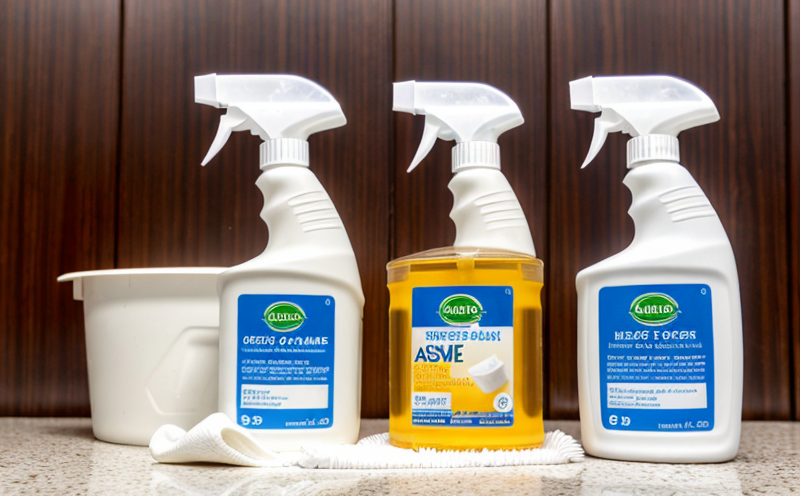EN 1657 Fungicidal Testing of Veterinary Hygiene Products
The EN 1657 standard is pivotal for ensuring the efficacy and safety of fungicidal veterinary hygiene products used in livestock and pet care. This test evaluates whether a product can effectively reduce fungal contamination, which is critical for maintaining animal health and preventing disease outbreaks.
Under this standard, fungicidal testing assesses how well the active ingredients in a hygiene product inhibit or kill fungi present on surfaces. The testing protocol simulates real-world conditions, such as temperature, humidity, and exposure time, to determine if the product can achieve its intended effect over a specified period.
The test typically involves inoculating a surface with a known quantity of fungal spores, applying the fungicidal product according to label instructions, and then incubating it under controlled conditions. After an agreed-upon period, samples are examined for residual fungal growth using microbiological methods like colony-forming unit (CFU) counts or other relevant techniques.
Understanding the specifics of this test is essential for quality managers and compliance officers looking to ensure their products meet regulatory requirements. For R&D engineers, it provides a clear path for optimizing formulations and ensuring product efficacy. Procurement professionals can rely on these tests to verify that suppliers are meeting specifications.
| Applied Standards | Test Criteria |
|---|---|
| EN 1657:2018 | Fungicidal efficacy testing of veterinary hygiene products |
| ISO 9370-1 | Biocidal activity testing - Part 1: General principles and procedures for the determination of biocidal activity |
The test parameters are stringent, ensuring that only products with proven fungicidal efficacy can pass. Compliance with these standards is crucial to avoid potential health risks associated with ineffective hygiene products.
Why It Matters
The importance of EN 1657 cannot be overstated, especially in the context of veterinary hygiene. Effective fungicidal testing ensures that the products used to protect animals from fungal contamination are reliable and safe for their intended use.
- Fungus can cause a range of health issues in animals, including respiratory problems, skin infections, and systemic diseases.
- Controlling fungal growth is essential in preventing the spread of disease within livestock facilities and pet care settings.
- The efficacy of fungicidal products directly impacts animal welfare, which translates to better production efficiency for farmers and improved well-being for pets.
By adhering to EN 1657, manufacturers can demonstrate their commitment to producing high-quality hygiene products that meet global standards. This not only enhances brand reputation but also ensures compliance with international regulations and guidelines.
Applied Standards
The EN 1657 standard is part of a broader framework for biocidal products, which includes the ISO 9370 series. Here are some key applied standards:
| Standard Code | Description |
|---|---|
| EN 1657:2018 | Fungicidal efficacy testing of veterinary hygiene products |
| ISO 9370-1 | Biocidal activity testing - Part 1: General principles and procedures for the determination of biocidal activity |
| ASTM E2584 | Evaluation of antimicrobial efficacy against fungi on inanimate surfaces |
| IEC 63017-9:2015 | Biocidal products - Part 9: General requirements for the biocidal activity testing of biocidal products intended to be used in or on food establishments |
The combination of these standards ensures that fungicidal testing is comprehensive and covers all relevant aspects.
Benefits
- Enhanced Product Efficacy: Ensures the product can effectively reduce fungal contamination, thus protecting animal health.
- Regulatory Compliance: Meets international standards, making it easier to export and comply with local regulations.
- Patient Safety: Reduces the risk of fungal infections in animals, leading to better overall health outcomes.
- Improved Animal Welfare: Enhanced hygiene reduces stress and improves living conditions for livestock and pets.
The benefits extend beyond animal health; they also include increased confidence among consumers and stakeholders in the quality and reliability of veterinary hygiene products.





